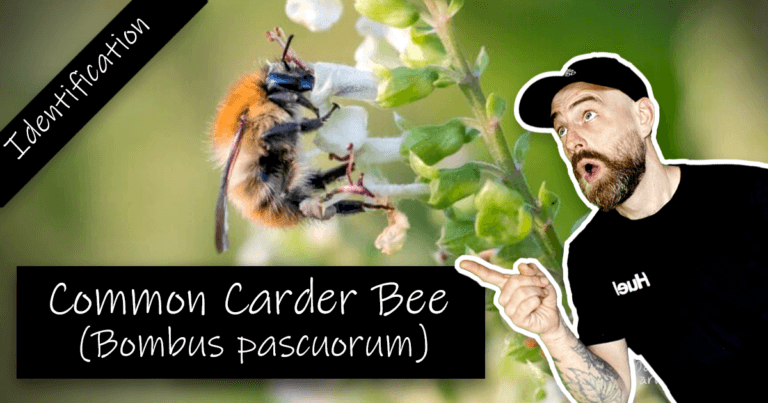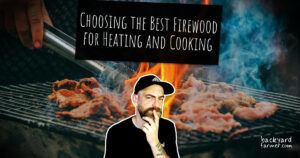Table of contents
Common Carder Bee Species Profile
The Common Carder Bee (Bombus pascuorum) is one of the most cherished bumblebee species in the UK. Its warm ginger-brown thorax and ability to thrive in various environments make it a frequent visitor to gardens, meadows, hedgerows, and grasslands. For those passionate about pollinators, this species is an essential and fascinating subject of study.
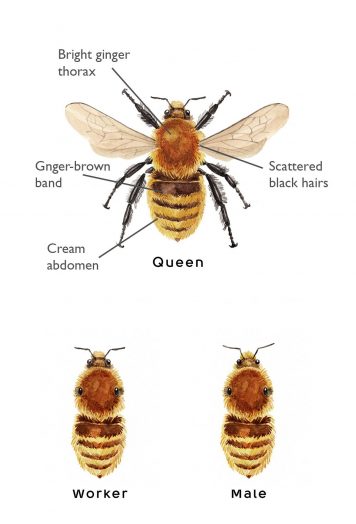
How to Identify Bombus pascuorum
The Common Carder Bee has a distinctive warm, ginger-brown coloration that makes it easy to identify among other UK bumblebee species. While queens, workers, and drones share similar features, subtle differences in size and body structure set them apart.
A breakdown of the physical characteristics of the Queen, worker, and male drone:
- Queen – Larger than workers, with a ginger-brown thorax and a mix of black and buff hairs on the abdomen.
- Worker – Smaller than the queen, with similar coloration but a slightly less robust body.
- Male (Drone) – Slightly larger than workers, with longer antennae and a fluffier appearance.
| Attribute | Details |
|---|---|
| Common Name | Common Carder Bee |
| Latin Name | Bombus pascuorum |
| Size | 10-18 mm |
| Location | Widely distributed across the UK, including urban and rural areas |
| Active Months | March to October |
| Habitat | Gardens, meadows, hedgerows, grasslands |
| Nesting Behaviour | Nests are built above ground in dense vegetation or grass tussocks |
| Social Behaviour | Social |
| Flora & Fauna | Clover, thistles, lavender, foxglove, bramble, and other nectar-rich flowers |
| UK Status | Widespread and common |
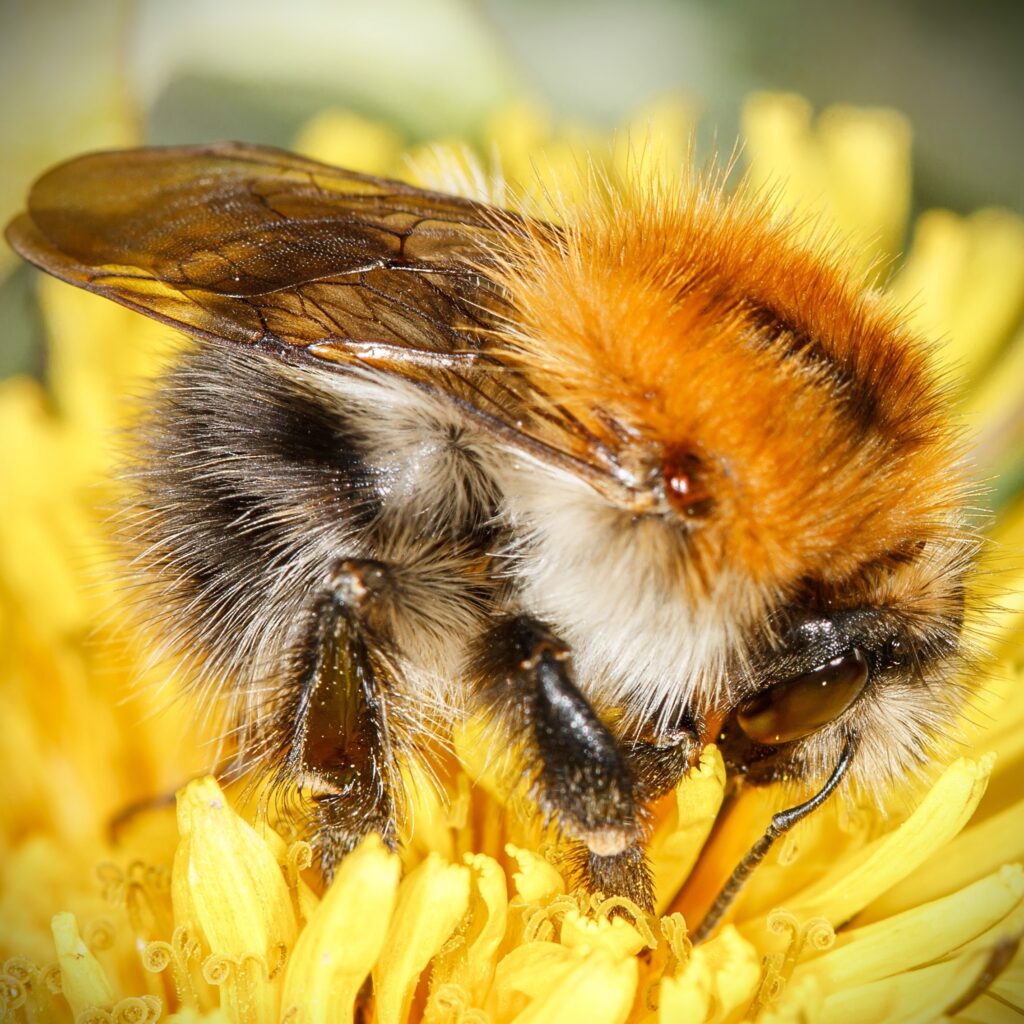
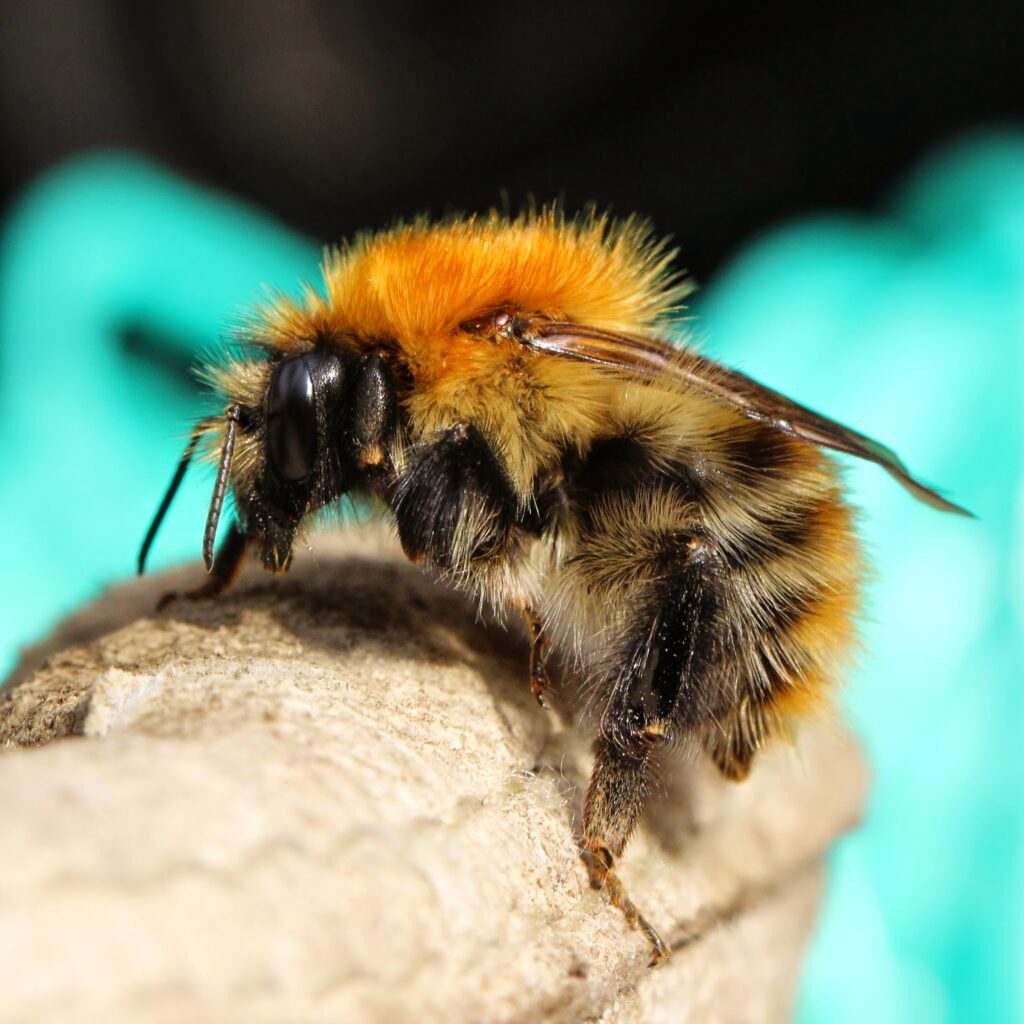
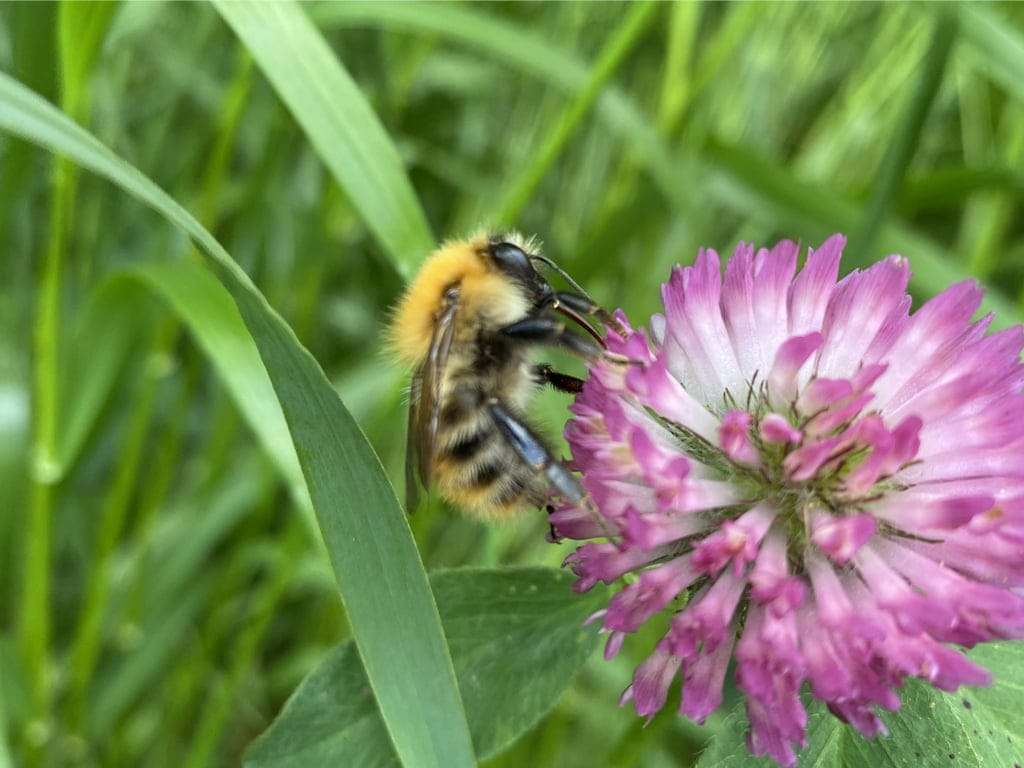
Similar Species
The Common Carder Bee shares similarities with several other bumblebee species, making identification tricky at times. While their ginger-brown coloring is distinctive, subtle differences set them apart from closely related species. Here are a few bees that are often mistaken for the Common Carder Bee and how to tell them apart.
Easily confused with:
Brown-Banded Carder Bee (Bombus humilis) – Has a distinctive brown band across the abdomen, whereas the Common Carder Bee has more uniform coloring.
Tree Bumblebee (Bombus hypnorum) – Has a white tail and a darker thorax, unlike the ginger-toned Common Carder Bee.
Moss Carder Bee (Bombus muscorum) – Similar in coloration but typically lighter and more golden.
Discover more about identifying UK bees in our comprehensive Bee Identification Guide here.
Why the Common Carder Bee Matters
The Common Carder Bee plays a crucial role in pollinating wildflowers and crops, helping to maintain biodiversity and food production. Its long active season makes it a valuable pollinator for a wide range of plant species. Although currently widespread, habitat loss and declining wildflower populations pose risks to its future numbers.
How You Can Help
Protecting the Common Carder Bee is essential for maintaining a healthy ecosystem. As pollinators, these bees play a key role in plant reproduction, supporting both wild habitats and agricultural crops. Fortunately, small changes in gardening and land management practices can make a big difference in helping this species thrive.
Support bee populations by:
Planting bee-friendly flowers:
- Clover, thistles, lavender, foxglove, bramble, honeysuckle.
Avoiding harmful pesticides:
- Neonicotinoids, glyphosate, and synthetic pyrethroids.
Providing nesting spaces:
- Leave patches of long grass or wildflower areas for nesting.
- Avoid excessive mowing to support natural habitats.
Encouraging pollinator-friendly gardening ensures that the Common Carder Bee and other beneficial species continue to thrive. Explore these WWF tips on creating a bee-friendly garden to support pollinators like the Common Carder Bee.
